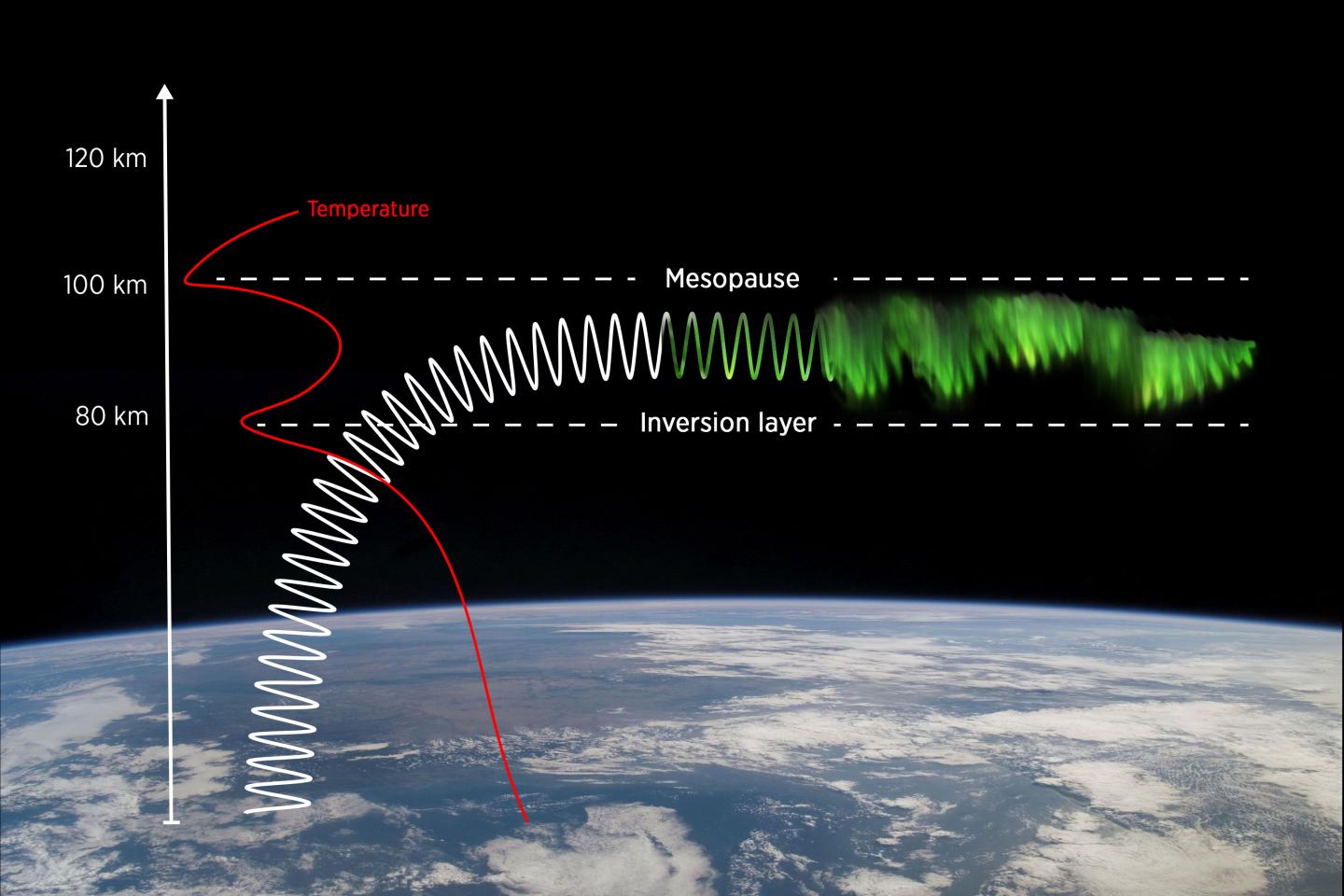A team of scientists and photographers has discovered an entirely new form of aurora borealis, a phenomenon better known as the Northern Lights, according to a study published on Tuesday in AGU Advances.
These “dunes,” so named because of their wavy shape, offer a rare window into a layer of Earth’s atmosphere that is often called the “ignorosphere” because it is so challenging to study that it has ended up neglected. The “dunes” themselves are just as mysterious as the atmospheric region they inhabit, though the study presents potential explanations for their appearance.
A team led by Minna Palmroth, a professor of computational space physics at the University of Helsinki, identified the dunes with the help of citizen scientists who took thousands of photographs of the Northern Lights.
These snapshots, which were collected in a recently published book co-authored by Palmroth, included a potential new type of aurora that was different from known patterns such as glows, arcs, rays, coronas, and a recently discovered form known as STEVE.
On the night of October 7, 2018, multiple photographers noticed this mysterious form light up with rare splendor in the skies over Finland and Sweden, and documented the event in real time. Those pictures reveal the dunes as being “finger-like rays of green emission extending equatorward“ and hint at a “detective story” about the physics that produce them, according to the study.
“We’d like to get more observations of the dunes so we can investigate more,” Palmroth said in an email. “So if there would be other citizen observations of the same phenomenon around the world, this would give us more insight about the phenomenon and it statistical appearance.”
Earth’s auroras have dazzled skywatchers for centuries with their mesmerizing movements and colors. These radiant displays are created by the solar wind, a stream of charged particles emitted by the Sun, as it collides with our planet’s magnetic field. As energetic particles slam into Earth’s skies, they excite gases like oxygen and nitrogen in the atmosphere. Once that energy boost wears off, the gases release colorful lights at high-latitudes near the poles.
Palmroth and her co-authors, which include amateur auroral enthusiasts, conclude that the dunes are a special type of aurora that form about 80 to 120 kilometers above Earth’s surface.
When it is not jokingly referred to as the ignorosphere, this atmospheric layer is called the mesosphere-lower thermosphere-ionosphere (MLTI) region. It is a nebulous borderland between Earth’s familiar atmosphere and the otherworldly expanse of space beyond it. Here, the altitude is both too high to be explored by balloons and too low to be easily accessed by satellites, which is why processes in this region have remained “notoriously difficult to measure,” the study said.

Even though the researchers don’t know for sure what forms the dunes, they have some ideas. The team speculated that the patterns may be caused by a type of atmospheric wave called a mesospheric bore, which has not previously been observed at auroral latitudes and altitudes. These bores could emerge from lower layers of the atmosphere to sculpt excited oxygen atoms in the MLTI region into the green-tinged dunes.
This mechanism could shed light (literally) on the enigmatic ignorosphere, but It will take much more research to back up the team’s theory.
“We would first of all need to confirm for real that the dunes are due to the undulation of the atmospheric oxygen,” Palmroth noted, which would require “direct spacecraft measurements above the dunes.”
“Then, we would also need to get spacecraft measurements of the atmospheric temperature profile at the dune location,” she added, because that would constrain whether the phenomenon could be caused by mesospheric bores.
If probing the edge of space to determine the origins of these shimmering dunes sounds rather fascinating to you, then you might want to pick up a camera and head to a good auroral viewing site. While Palmroth and her colleagues are not yet sure what causes these light forms, they are certain that the answer involves collaboration between scientists and amateur enthusiasts.
“Our paper adds to the growing body of work that illustrates the value of citizen scientist images in carrying out quantitative analysis of optical phenomena,” the team said in the study. “Further, the dune project presents means to create general interest toward physics, emphasizing that citizens can take part in scientific work by helping to uncover new phenomena.”
from VICE https://ift.tt/3b1Cn3Y
via cheap web hosting
No comments:
Post a Comment